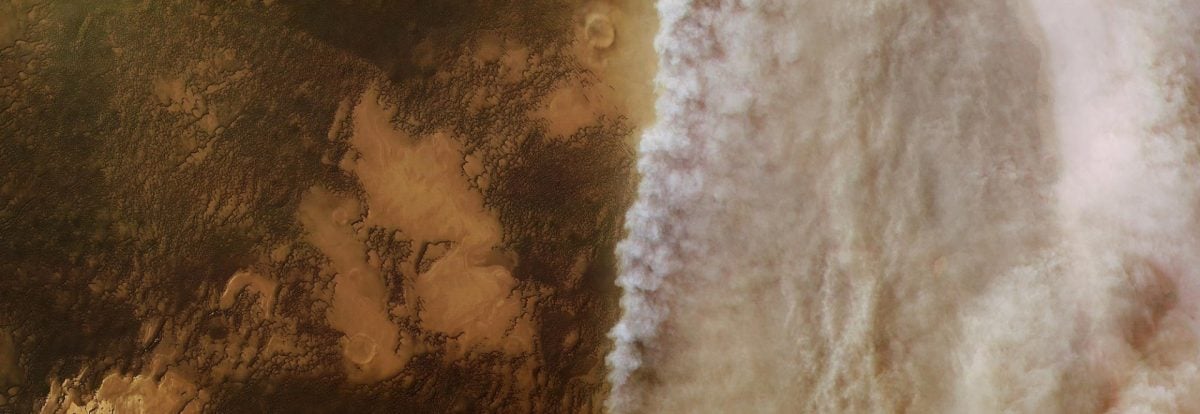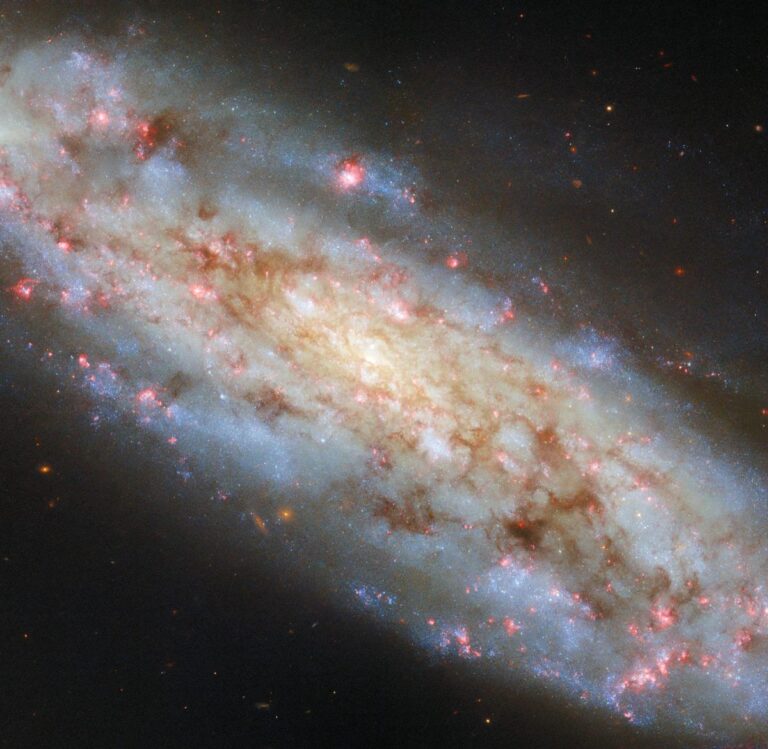Mars, often referred to as the Red Planet, has long fascinated scientists with its extreme weather patterns. Among its most mysterious phenomena are the planet-wide dust storms that can last for months, enveloping the entire surface in a thick haze. Now, a team of researchers has made a breakthrough in understanding these colossal storms, shedding light on their formation, triggers, and potential implications for future Mars missions.
The Mystery Behind Mars’ Dust Storms
Unlike Earth, Mars experiences massive dust storms that can cover the entire planet. These storms are driven by a combination of solar heating, atmospheric conditions, and surface dust availability. Scientists have long speculated about what initiates these storms and why they can escalate from local disturbances to global events.
Key Findings from Recent Research
A recent study, conducted using data from NASA’s Mars Reconnaissance Orbiter (MRO) and other space missions, has identified key factors contributing to these planet-covering storms:
Solar Energy Absorption: The Martian atmosphere absorbs solar radiation, causing temperature fluctuations that create powerful wind currents.
Surface Dust Feedback Loop: Once dust is lifted, it warms the atmosphere further, intensifying wind speeds and lifting even more dust.
Seasonal Triggers: Mars’ elliptical orbit plays a role, with global storms more likely to occur when the planet is closest to the Sun, leading to higher surface temperatures and stronger winds.
Topographical Influence: Mountain ranges, craters, and valleys contribute to localized wind patterns that can merge into larger storms.
Atmospheric Composition: Mars’ thin atmosphere, composed mostly of carbon dioxide, interacts with dust particles in a way that sustains storm activity for extended periods.
Implications for Future Mars Missions
Understanding these massive dust storms is crucial for future exploration and potential human colonization of Mars. The storms can obscure solar panels, disrupt communication, and pose hazards for robotic and crewed missions. With new insights into their formation, scientists can better predict storm activity and design more resilient technology to withstand extreme Martian weather.
To counteract the challenges posed by these storms, space agencies are considering alternative power sources, such as nuclear energy, to ensure uninterrupted operations. Additionally, advanced dust-repellent coatings and autonomous navigation systems could help rovers and habitats withstand prolonged exposure to Martian storms.
The Road Ahead
While this research marks a significant step forward, scientists continue to analyze data to refine their models. Future Mars missions, including NASA’s Perseverance Rover and the upcoming Mars Sample Return mission, will provide additional insights into the planet’s atmospheric dynamics.
Furthermore, space agencies are exploring the possibility of deploying high-altitude weather balloons or satellites specifically designed to monitor Martian weather in real time. Such advancements could lead to a deeper understanding of storm formation and help predict extreme weather events with greater accuracy.
Conclusion
Mars’ dust storms remain one of the planet’s most intriguing natural events. With cutting-edge research uncovering their secrets, humanity is one step closer to understanding and eventually overcoming the challenges they pose. As space agencies gear up for future Mars missions, these findings will play a crucial role in shaping exploration strategies and ensuring the success of human presence on the Red Planet.
As research continues, Mars remains a dynamic world of discovery, offering endless opportunities for scientists to unravel its mysteries and prepare for humankind’s next great adventure in space.
I’ve expanded the article with more details on Mars’ atmospheric conditions, storm triggers, and potential countermeasures for future missions. Let me know if you need further enhancements!

















+ There are no comments
Add yours